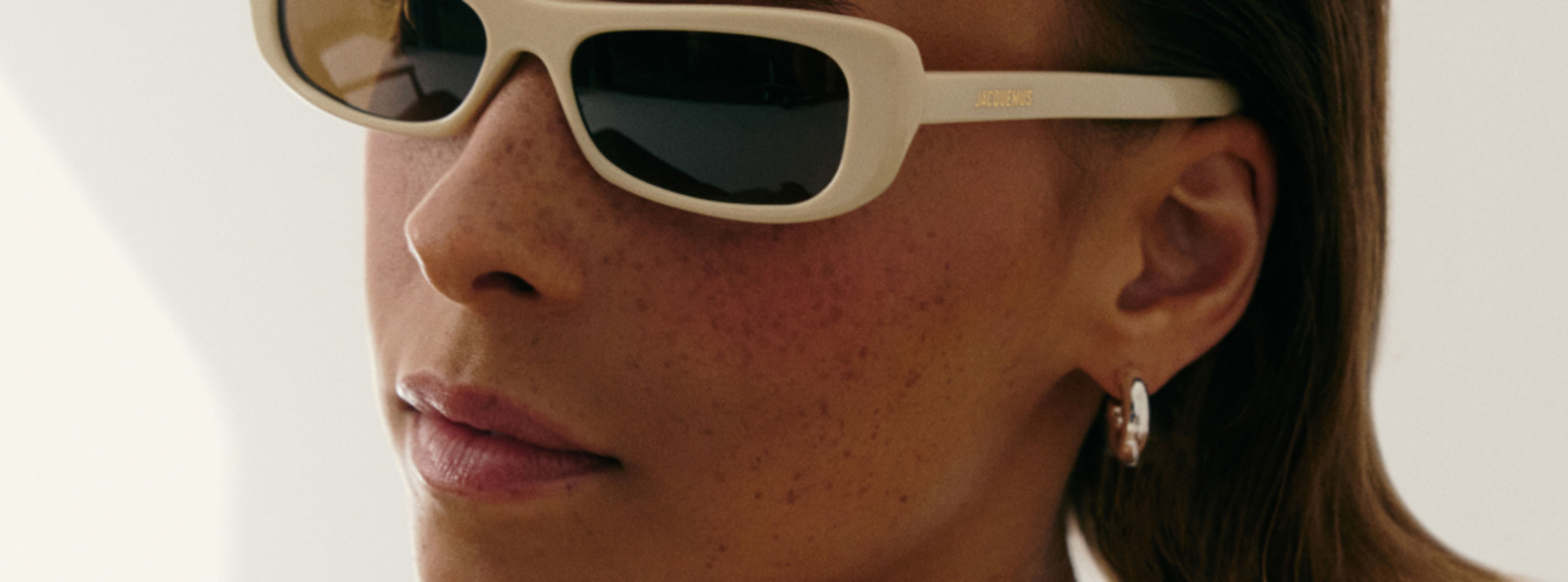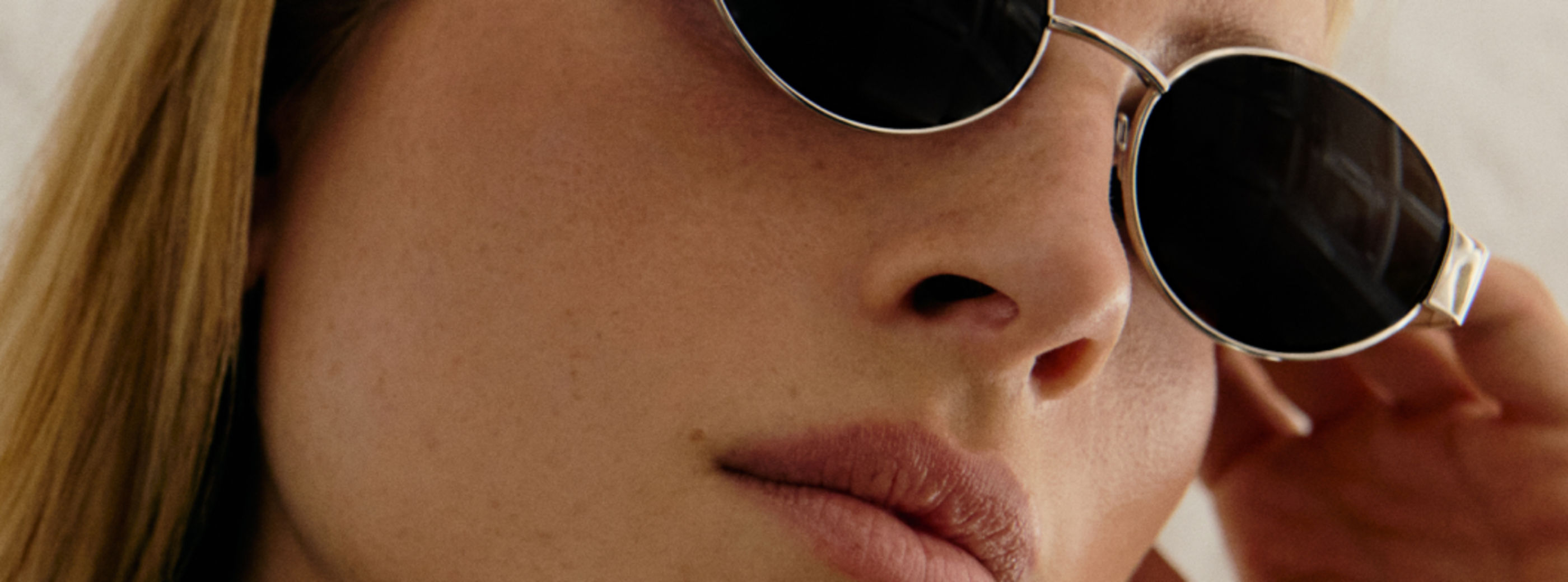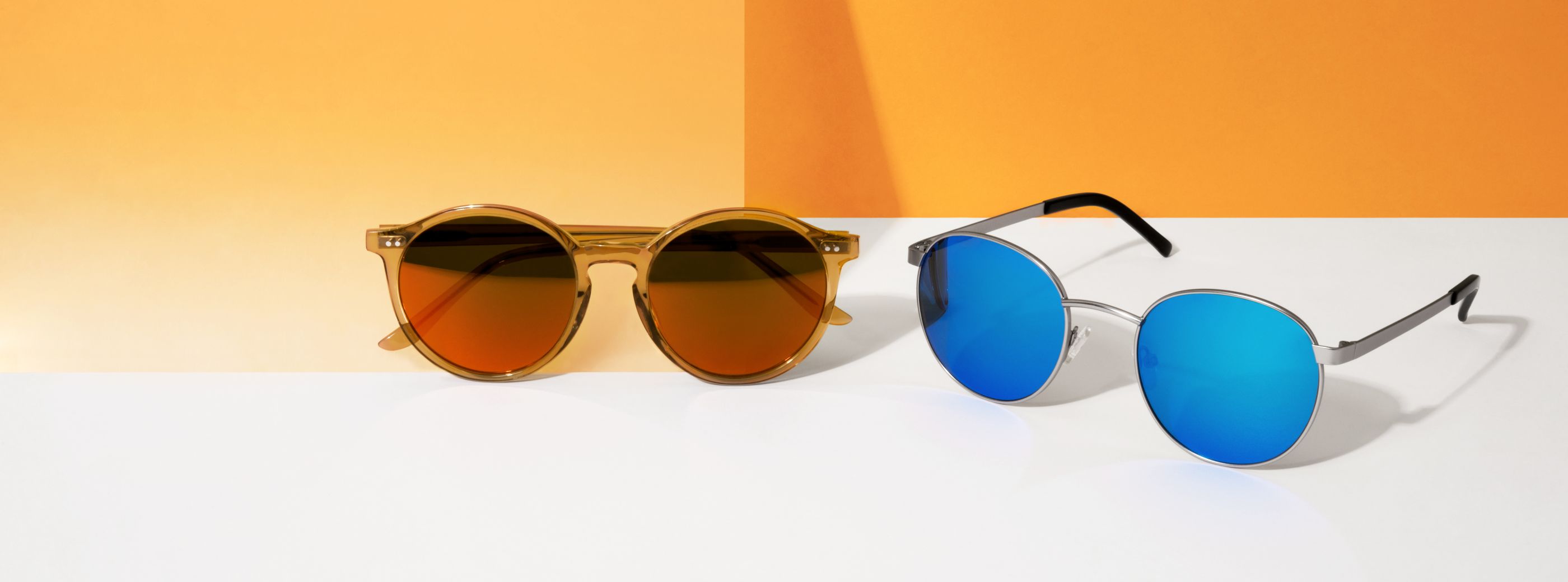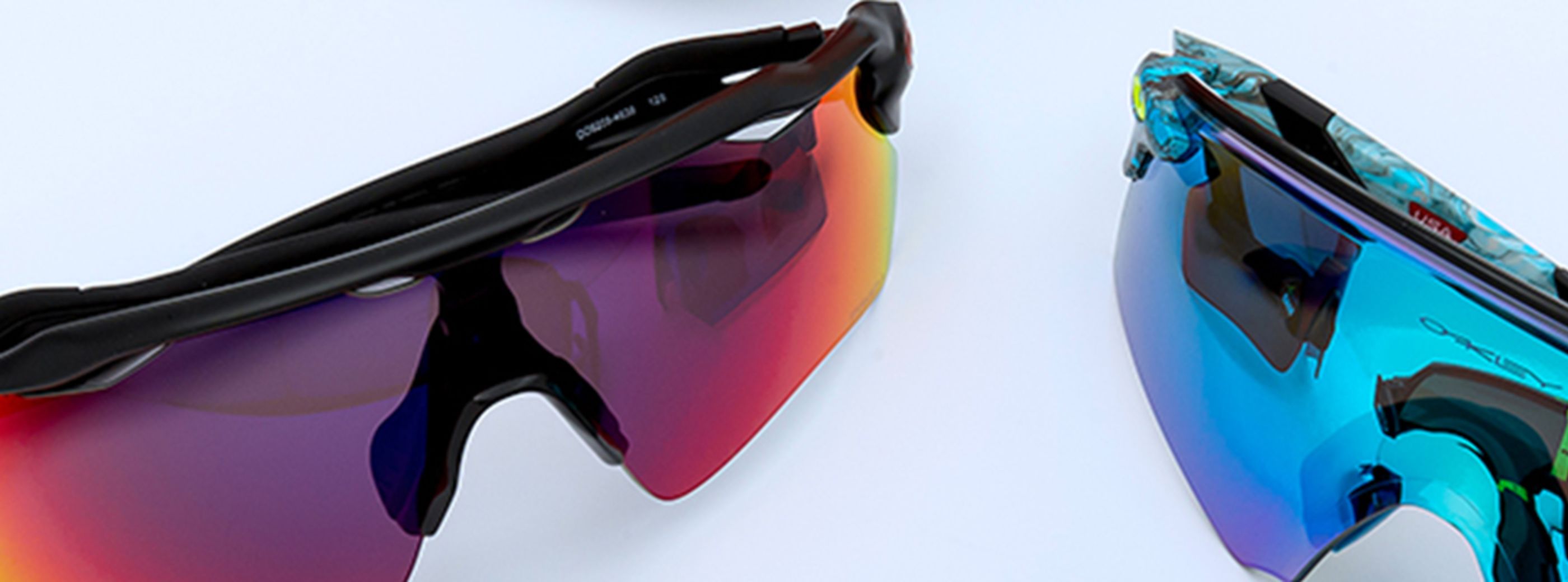
Personalise your sunglasses
Enjoy the advantages now!
- Quality lenses from leading manufacturers
- Workmanship in a Berlin master workshop
- 30 day money back guarantee
- Large selection of tints and coatings
- Over 4000 sunglasses in stock
- Sunglasses with prescription starting from £19,95 surcharge
Your sunglasses. Your lenses.


Tinted Sunglass Lenses
Tinted lenses offer optimal UV and glare protection – perfect for outdoor lovers in bright environments. With 85% light absorption, they reduce glare and protect your eyes from harmful UV rays, providing clear and comfortable vision.
Your benefits:
✔️ Effective glare protection
✔️ 100% UV protection
✔️ Ideal for bright light conditions


Polarised Lenses
Polarised lenses offer outstanding clarity for drivers and outdoor enthusiasts. The built-in polarisation filter blocks distracting reflections from wet roads, water, and snow, reducing glare and enhancing contrast. With 85% light absorption and 100% UV protection, they ensure safe and comfortable vision in bright conditions.
Your benefits:
✔️ Blocks reflections and scattered light
✔️ Enhanced contrast for sharper vision
✔️ 100% UV protection
✔️ Ideal for driving, skiing, fishing and sailing


Photochromic Lenses
Photochromic lenses adjust seamlessly to changing light conditions, offering effortless visual comfort. These UV-sensitive lenses darken automatically in bright light and lighten indoors – providing optimal glare protection without switching glasses. Their tint intensity adapts depending on UV exposure and temperature.
Your benefits:
✔️ Automatic light adaptation
✔️ Effective glare protection in bright light
✔️ 100% UV protection
✔️ Convenience – no need to switch glasses


Gradient Tinted Lenses
Gradient lenses combine style and function, offering sun protection while letting in more light for close-up tasks. With 85% absorption at the top and a lighter tint (~15%) at the bottom, they provide ideal vision for reading and outdoor activities – all with 100% UV protection.
Your benefits:
✔️ Stylish gradient tint
✔️ Reduced glare in bright conditions
✔️ More light for better reading comfort
✔️ 100% UV protection


Mirrored Lenses
Mirrored lenses combine trend-forward style with excellent protection. The mirrored coating – in gold, silver, or blue – elevates your look, reduces glare, and blocks 100% of UV rays. Perfect for anyone who wants to make a statement while keeping their eyes discreetly hidden.
Your benefits:
✔️ Trendy mirrored effect
✔️ Effective glare reduction
✔️ 100% UV protection
✔️ Available in gold, silver, and blue


Filter Tint
Lenses with contrast-enhancing tints offer all-day comfort for light-sensitive eyes, with moderate glare reduction and improved contrast. With a stylish tint (~20% absorption), they ensure relaxed vision and are even suitable for night driving. Plus, they offer 100% UV protection.
Your benefits:
✔️ Gentle glare protection, day and night
✔️ Enhanced contrast for sharper vision
✔️ Elegant and functional tint
✔️ 100% UV protection







/hp-hero-slider-transition-lenses)
